May your coming year be filled with magic and dreams and good madness. I hope you read some fine books and kiss someone who thinks you’re wonderful, and don’t forget to make some art — write or draw or build or sing or live as only you can. And I hope, somewhere in the next year, you surprise yourself.
One of life’s most delicious experiences is engaging in art with elementary school children. At this age their hearts and minds are open and enchanted. Enthusiasm is cool and sarcasm is limited.
Why did we decide that institutionalized teaching is more important than freedom of expression? Budget reasons? Easier to control students? Why is art such a small part of a school’s curriculum? What ever happened to crafts? Why don’t kids learn about artist’s lives? Are they too salacious or unorthodox?
Why Art Is Just As Important As Math and Reading:
1. There is no wrong in art. No good. No bad. Just art. Kids learn to create for pleasure not praise or approval.
2.Art creates something on the outside that comes from the inside. It teaches the ability to turn inward for guidance. This will come in handy during decision-making and difficult times. How many adults can do this?
3. Art is about the experience not the results. There is nothing more satisfying than being in a state of flow, losing track of time, being.
4. Artists are brave and do their own thing. They exemplify courage in their stance against the status quo. They are role models for independent thinking.
5. Artists embody passion. Renoir tied paintbrushes to his wrists and painted vibrant lively paintings when arthritis crippled his hands and body. He could not stop creating. 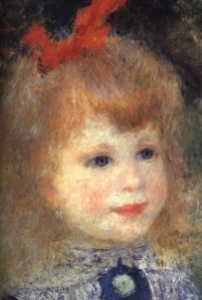
6. Artists often struggle financially but do it anyway. Money is not a primary motivator, a compulsion to create is.
7. Art grants space to use imagination, to think differently. Innovation is a survival skill.
8. Artists practice and practice. Art teaches persistence and perseverance. Author Steven Pressfield says the more you practice your craft the more spiritual it becomes. The work is sustaining.
9. Art teaches that school isn’t the end all be all. There is more to education than a classroom, curriculum and text books. Creativity can strike anywhere.
10. Art in education shows that being an artist is a viable vocation. Art moves people and that is priceless. How’s that for a success story?
11. Art is hands on. Instantly applicable. You don’t have to absorb it now and regurgitate it later. Get messy, feel it, now.
12. Art gives different kids a chance to shine. A creative soul is just as intelligent as a math whiz. Both are valuable contributors to the world.
13. No homework. Kids can go home and play!! Learn how to thrive in an unstructured environment.
14. No two pieces of art are exactly alike. Different is good and absolutely acceptable.
15. Art has no boundaries. There is freedom to create what you dream regardless of race, sex, religion, IQ or socioeconomic status.
How have the colors of art affected your life? Would more art in schools better prepare children for the real world?
Related Material:
Schools Kill Creativity? – elephant journal
Soul Painting: Beyond Artistic Talent – space2live
What If Schools Put Character Building First and Standardized Tests Second? (space2live)
The Power of Poetry: Helping Us Heal, Feel and Transition (space2live)




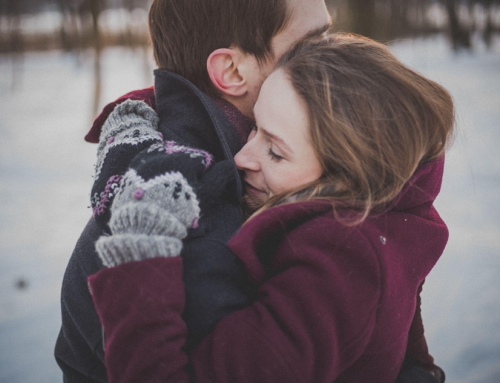
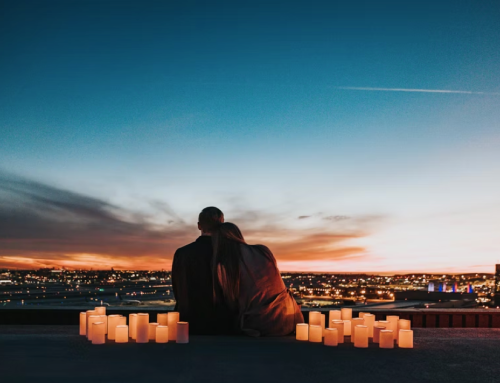
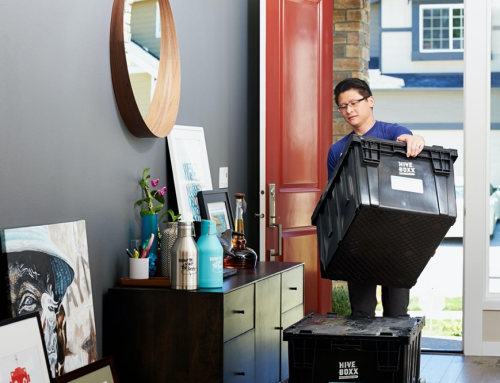
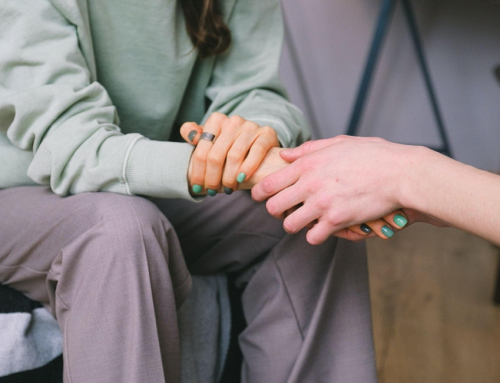
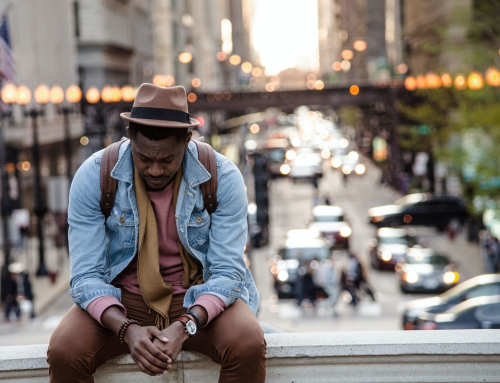
Reblogged this on 3Di Associates – 3D Eye and commented:
We’ve written quite a lot recently about music, creativity and self-expression, and in this excellent blog Brenna Gee makes the case for the arts in general to be seen as a vital part of the school curriculum and an essential part of every child’s education.
Brenna says, “Space2live encourages you to slow down, pause and reflect on who you are and what you may become. Take the next step toward your highest self.”
Readers of the 3Di blog will be aware that we too advocate various forms of meditation and creativity as essential components of personal wellbeing and fulfilment for children and adults alike.
Elsewhere in her blog Brenna writes about a wide range of subjects including poetry, self-actualisation, relationships, introversion and introducing children to meditation. Read and enjoy.
Speaking to the teaching about artist’s lives, in AP English in High School, my student teacher gave us an old book that had a poet’s, like Keat’s, on the left page and his/her (usually his back then) poem, like Ode to a Grecian Urn, on the right page of an opening. The student teacher said, “Explain what the poem means. No answer is wrong as long as you can back it with a line(s) from the poem.” Several things going on there. Knowing the poets history did AMAZING things for understanding these ancient poems. There WAS NO WRONG, so we were not daunted by the poems and authors. We had to express ourselves and backing out loud, so it made for discussion among the students..that’s right…in high school on Keats and Chaucer. Finally, it was jovial discussing with just the right mix of nonsense. It may have been the best class I ever had. Side note: To this day I wish I’d have stolen the book (the heathen in me…hehe) because I have never found anything like it, and I would LOVE to have it as a reference to review. I even had my friend’s Mom, a teacher, try and dig it out of the school archives for me…AND she AGREED…but couldn’t find it…snap the fingers, “SHUCKS!”
I agreed with all of your points and found myself excitedly adding more backing to them in my head as I went, Ex. #4 & #15, “Innovation” & “Art has no boundaries”…that’s teaching kids to Think Outside the Box. Doesn’t every company and organization push for that in it’s (eventual) employees?!
I wish art had been pressed more into me as a child because I think I may have taken an entirely different route with my life. I would have had the confidence to try something less guaranteed in a career …and really, the “stable”/”college prep” class careers have turned out not to be any more stable than the “non”. The realm of success appears to depend on the person.
Thoroughly enjoyed this blog as I am fed up with the standardized testing HEAVY emphasis as well…huge problem in Michigan.
I wish you could find that old book too! I would love to see it. When I teach Partners in Art at the elementary school I always make sure to include some details about the artist’s life. It makes the piece of art more meaningful and “real” to the kids.
What you described in your AP English class is why I considered becoming an English teacher. I wanted to share books and poems and what makes us human. Alas, I bowed to practicality and went the business route. Most students do now too. I just read an article about the decline of the Humanities departments at universities.
Thanks so much for your thoughtful comments.:)